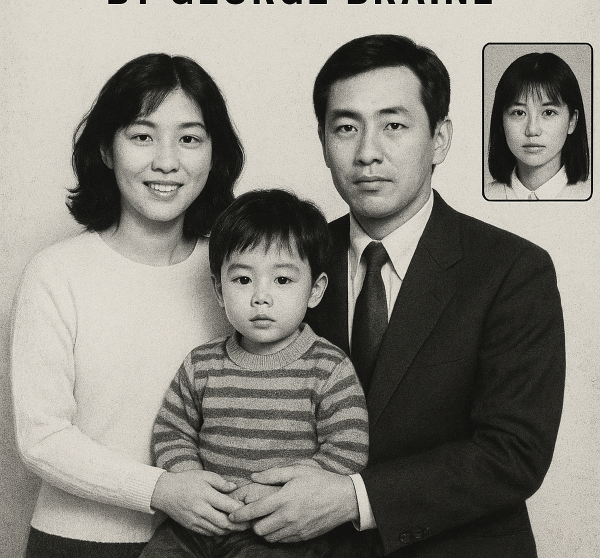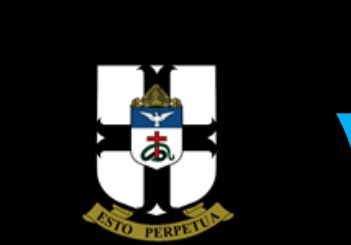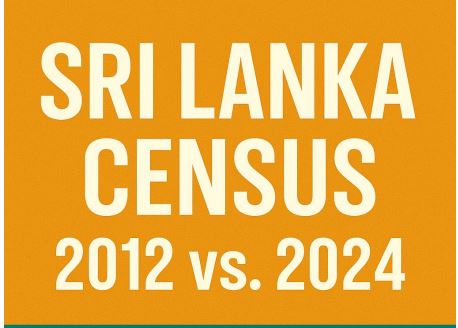Lung cancer researchers identify ‘breakthrough’ patterns predictive of treatment success – By Janelle Miles and Emma Pollard
Associate Professor Arutha Kulasinghe has helped identify patterns in lung biopsies predictive of response to immunotherapy. (ABC News: Janelle Miles)
Source : abc.net.au
Researchers have discovered a way to predict whether patients with lung cancer will respond to expensive immunotherapy treatment in the latest breakthrough in personalised medicine.
University of Queensland researcher Arutha Kulasinghe studied lung biopsies from the tumours of almost 250 patients with non-small cell lung cancer across Australia, the United States and Europe.
Non-small cell lung cancer is the most common type, affecting almost 90 per cent of patients.
Working with scientists in the US and Melbourne, Associate Professor Kulasinghe used powerful microscopes and computers to analyse millions of cells within each sample.
“We wanted to find out if there were patterns in the tissues that were predictive of response or resistance to immunotherapies,” he said.
Researcher Arutha Kulasinghe (right) inside his laboratory at the Frazer Institute in Brisbane. (Supplied)
The study is being dubbed a “Google Maps approach” to cancer analysis, whereby the location of certain cells, and how they communicate with each other, were predictive of whether the patient responded to an immunotherapy drug, marketed as Keytruda.
Keytruda is only effective in about 20 to 30 per cent of patients with lung cancer, the world’s biggest cancer killer. About 9,000 Australians die every year from the cancer.
Immunotherapy costs between $400,000 and $500,000 a year per patient and can be severely toxic for some people.
Mapping cell patterns
Professor Kulasinghe, who is based at UQ’s Frazer Institute, said the researchers mapped every cell within a patient’s biopsy, each encompassing between three to five million cells.
Using artificial intelligence, they were then able to mine the samples for data to “understand patterns associated with response and resistance to therapy”.
The researchers discovered a “molecular fingerprint” within the cancer samples that was predictive of whether a patient would respond to immunotherapy treatments.
“Certain immune cells are in close proximity to tumour cells in patients that do well on immunotherapy and so those patterns are really important to profile and screen for,” Professor Kulasinghe said, adding the patterns were similar no matter whether the patient lived in Australia, the US or Greece.
“Those become potentially useful signatures that we can start using to screen populations of lung cancer patients.”
Professor Kulasinghe said a patient’s immune cells also needed to be “in the right state to actually recognise and kill the tumour cell”.
“It’s not just the proximity but it’s the type of immune cells that are being driven into that environment and the state of those cells,” he said.
“Do they have the right energy … to actually destroy the tumour cells?
“We’ve found nuances in the data that are predictive of benefit and resistance to therapy.”
The hope is, if further studies back the findings, cancer specialists will be able to test lung cancer patients before prescribing immunotherapy.
Potential for new treatments
Professor Kulasinghe said the research, published on Friday in the scientific journal Nature Genetics, may also eventually lead to new treatments that may be combined with immunotherapy to boost response.
He’s been passionate about cancer research since he was 10 years old, when his grandfather was being treated for colorectal cancer.
“We sat outside the surgical room at 2am when the surgeon was removing his tumour,” the 38-year-old recalled.
“The surgeon actually came out with a silver bowl and showed us his football-sized tumour.
“That was a long time ago, but it laid the foundation into why do we have patients that develop these cancers and how can we better treat those individual patients?”
Almost three decades on, lung cancer advocate Michel Itel said Professor Kulasinghe’s work was revolutionary.
Mr Itel was diagnosed with advanced lung cancer in 2017. The cancer had spread to his spine.
Michel Itel is a lung cancer research advocate after being diagnosed with advanced lung cancer eight years ago. (ABC News: Janelle Miles)
He received radiation and continues to take a daily tablet, which targets a genetic mutation in his cancer — a standard of care treatment, which was first approved about 20 years ago.
“I don’t light up like a Christmas tree with my scans,” Mr Itel said. “What it shows is there’s nothing active.
“You can’t technically say no evidence of disease because they know it’s already spread outside of the lung. But what they can say is it’s not active.”
Mr Itel said Professor Kulasinghe was changing how lung cancer was studied.
“I’m really excited for him,” the 51-year-old said.
The right treatment for the right patient
As a research advocate, Mr Itel travels the world attending lung cancer conferences to stay up to date with the latest advances.
He said the cancer world was excited about Professor Kulasinghe’s work.
“I think it’s definitely going to be a game changer in how we do disease analysis,” Mr Itel said.
As a lung cancer patient himself, he said rather than view it as research, he liked to “call it hope”.
Lung Foundation Australia CEO Mark Brooke described Professor Kulasinghe’s study as “an incredible breakthrough in lung cancer”.
“This is groundbreaking research that I think Australians can be really proud of,” he said.
“Increasingly lung cancer is treated by targeting the right treatment to the right patient at the right time, so this new way of looking at lung cancers is quite exciting for the patient community.
“There are researchers working on different parts of the lung cancer puzzle, right across the world. It is a time for optimism and hope.”
Michel Itel, 51, who was diagnosed with advanced lung cancer in 2017. (ABC News: Janelle Miles)
Smoking not the only cause
Professor Kulasinghe’s study included both smokers and non-smokers.
“Lung cancer for decades now has been afflicted by the stigma of being associated with tobacco addiction or smoking,” Mr Brooke said.
“It’s really important that we challenge the stigma and the biases associated with smoking-related illnesses.
“Anyone can get lung cancer. Smoking is just one of a number of ways in which people contract a diagnosis of lung cancer.”
Mark Brooke says it’s important to challenge the stigma and the biases associated with smoking-related illnesses. (ABC News: Lucas Hill)
Mr Brooke said an emerging group of lung cancer patients had never smoked.
“It could be family history, it could be where you work and how you work,” he said.
“It might be the air you breathe in on a day-to-day basis.”
The five-year survival for lung cancer patients has increased from about 16 per cent a decade ago, to 26 per cent.
“There is no doubt that the advent of precision medicine and targeted therapies, along with radiotherapy and improved surgical techniques, is increasing the life expectancy for all patients,” Mr Brooke said.
“Lung Foundation Australia set out to see the five-year survivorship rate increase to 50 per cent by 2030 and I think if you look at the global trends, we are absolutely on track.”






















